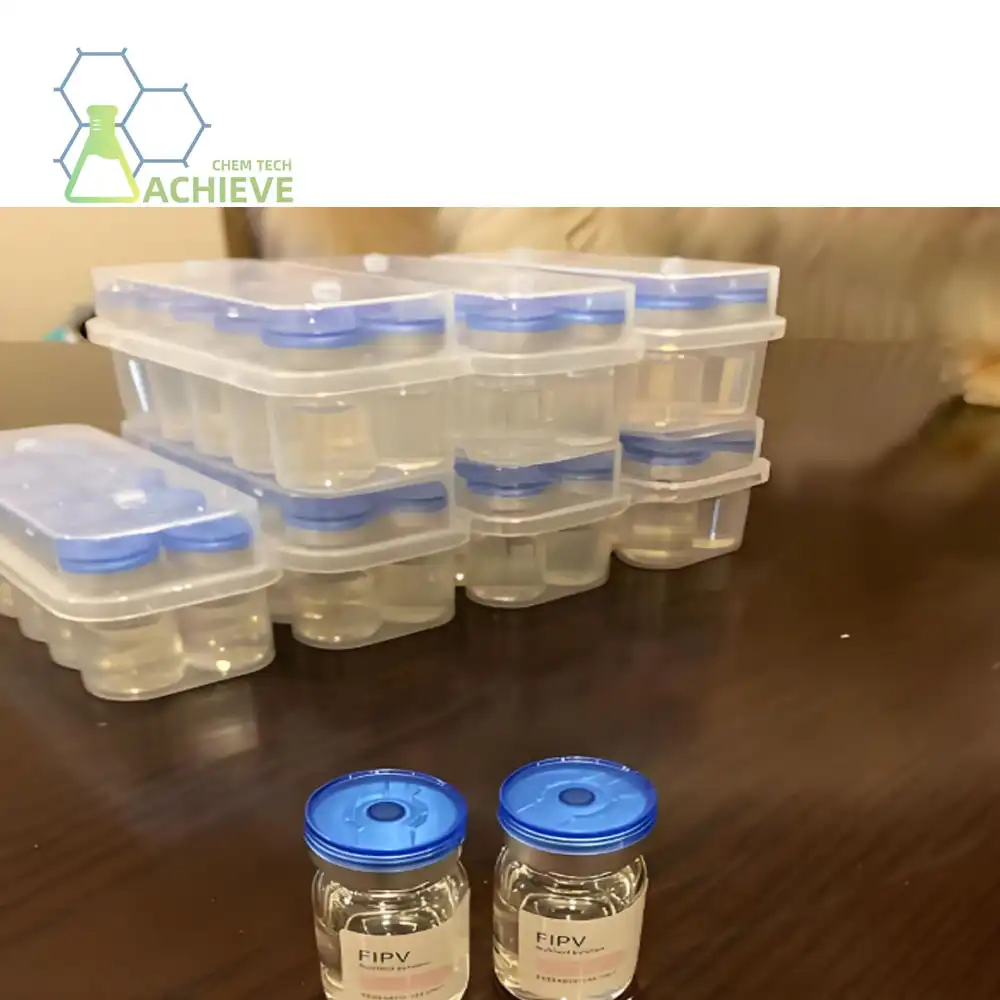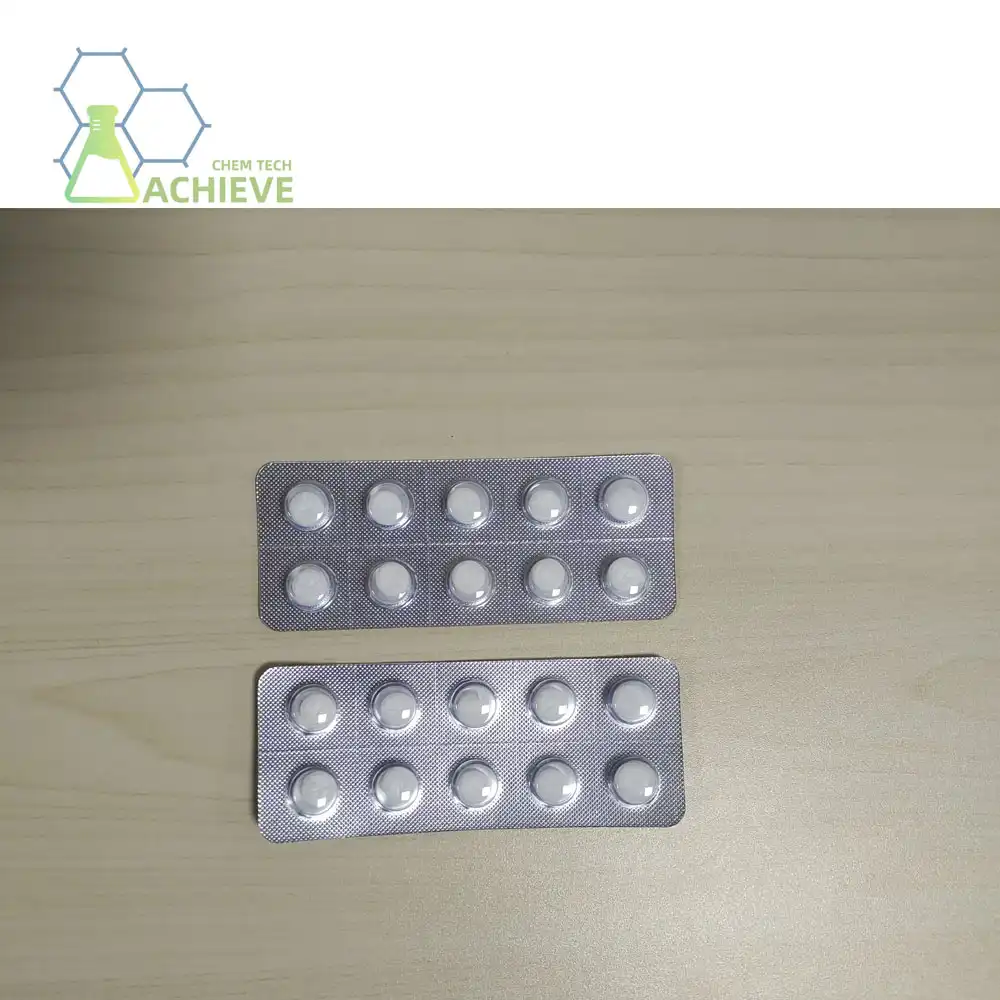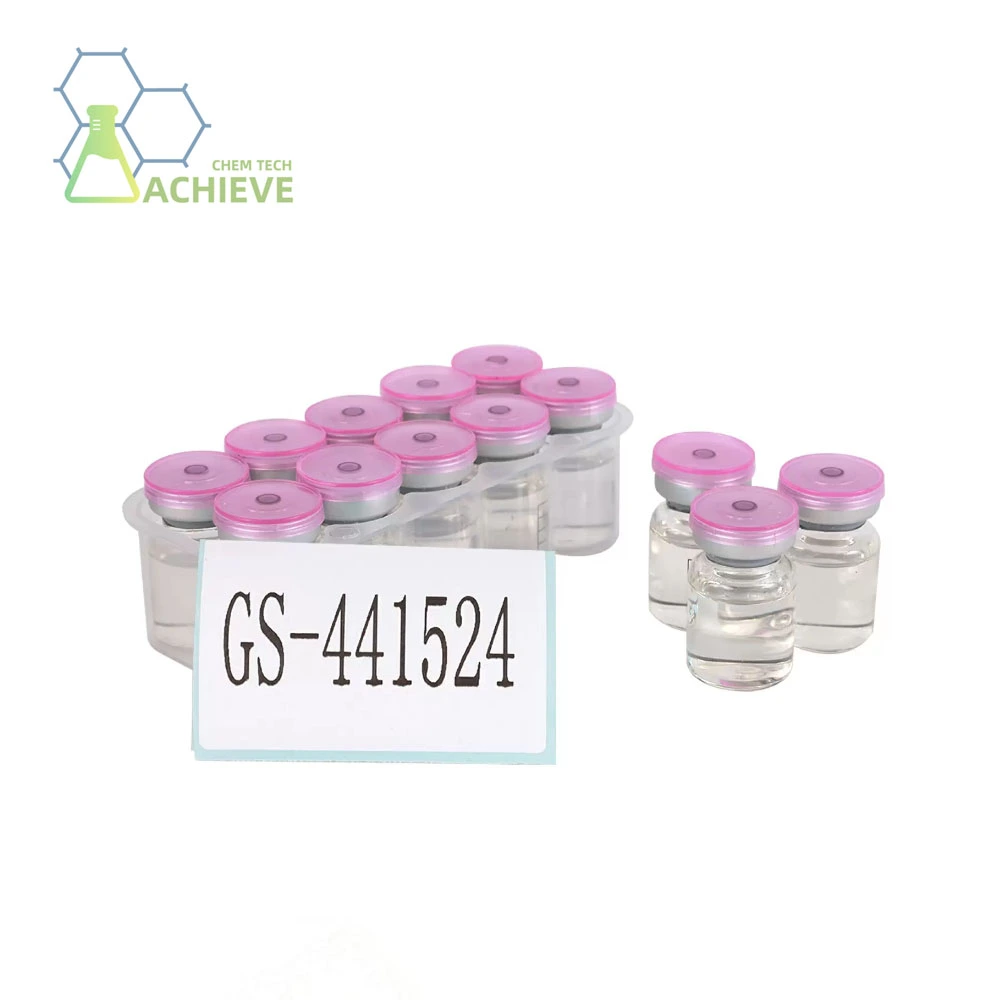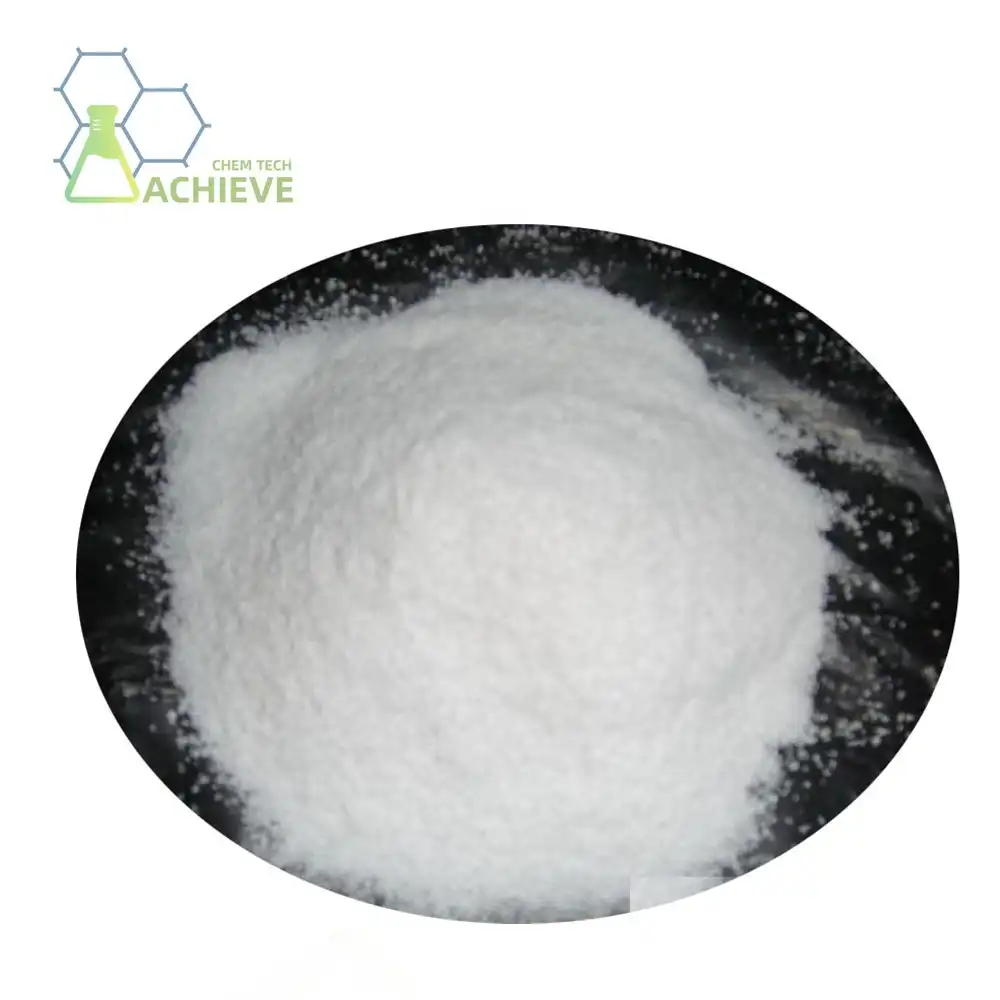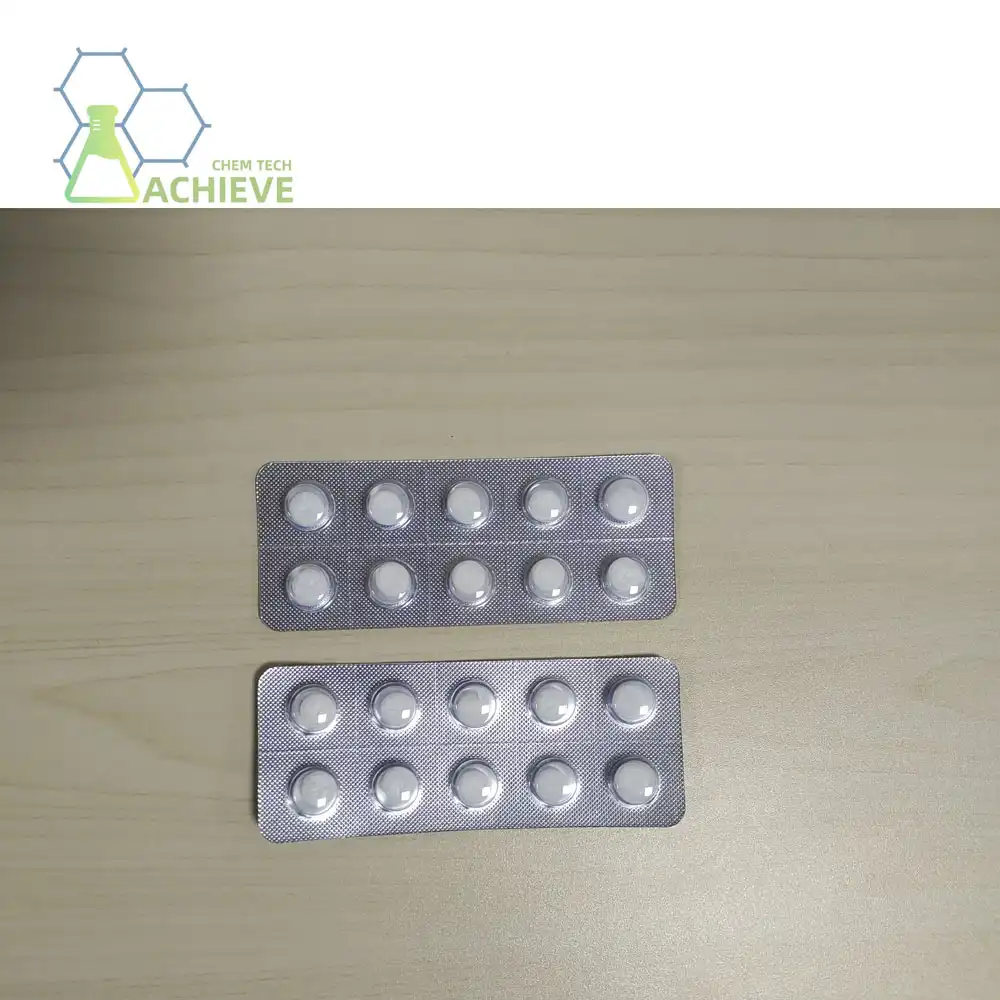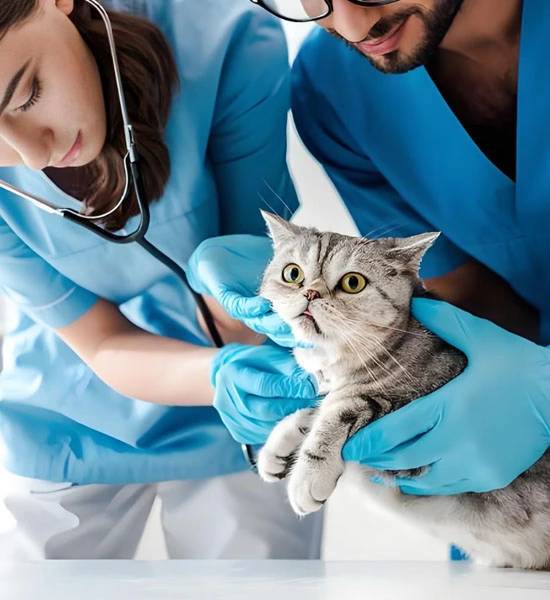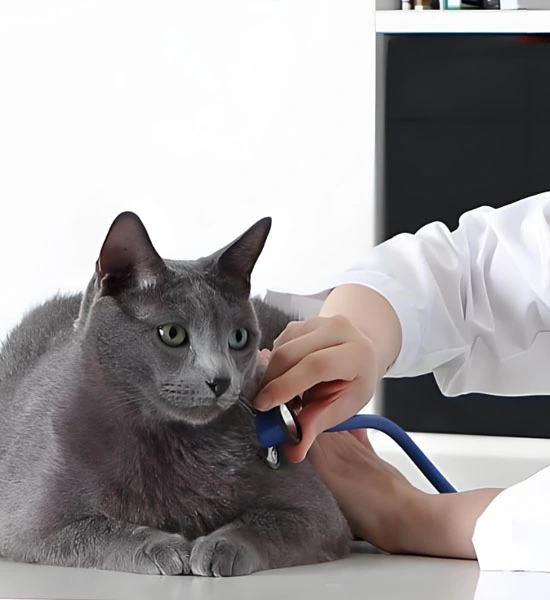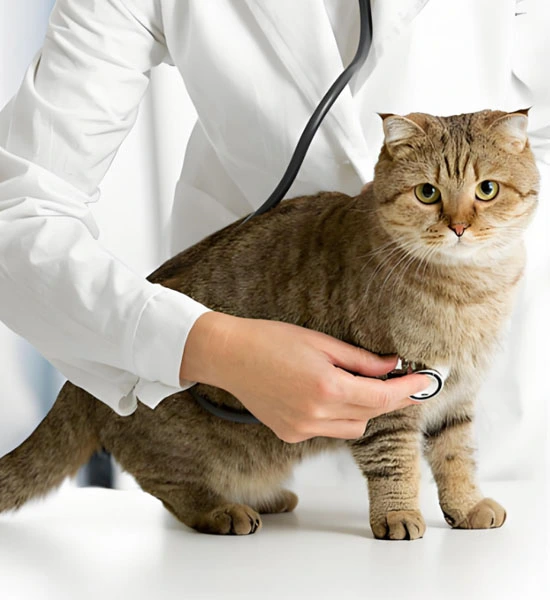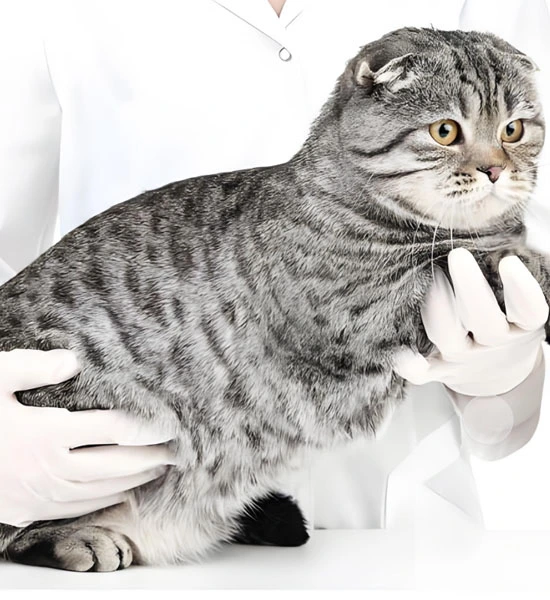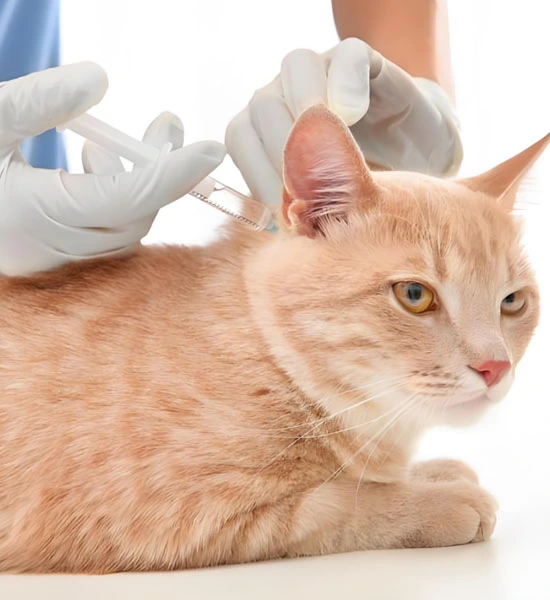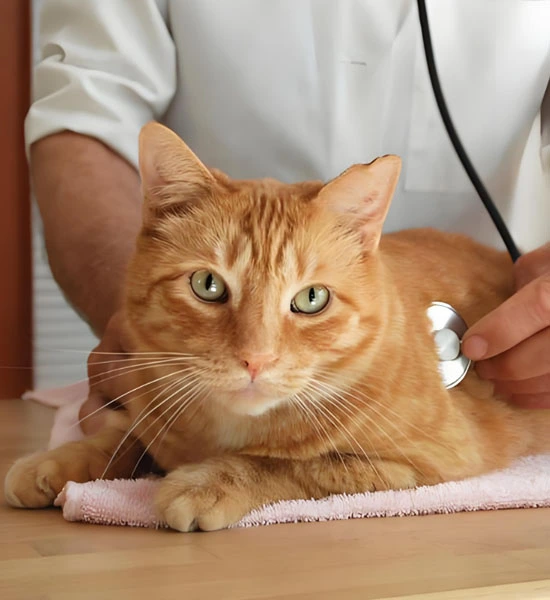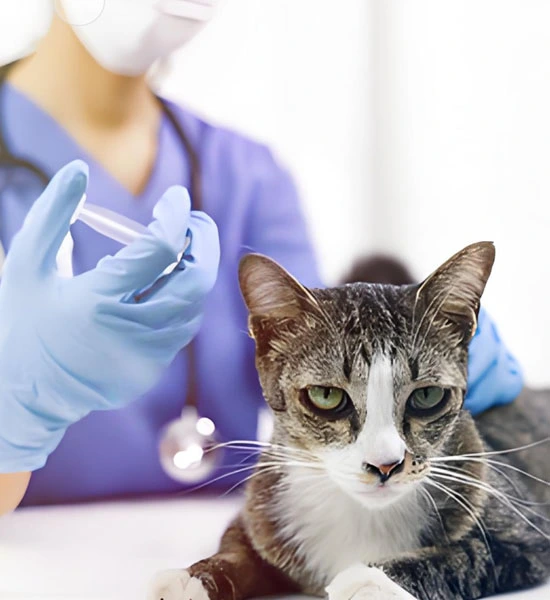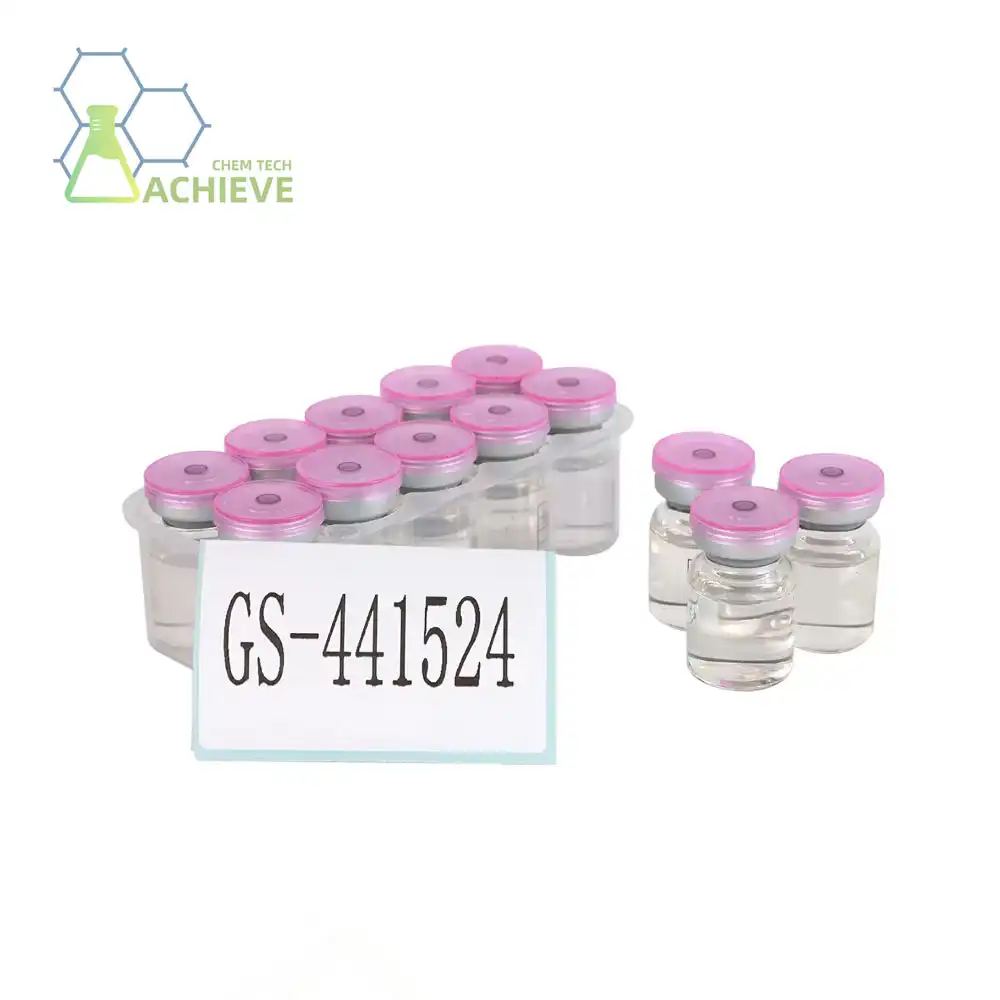Should you give cats shedding coronavirus in their faeces or cats exposed to other cats with FIP, anti-viral drugs?
Feline infectious peritonitis (FIP) is a devastating disease that has long been a source of concern for cat owners and veterinarians alike. With the emergence of promising antiviral treatments like GS 441524 powder, questions have arisen about their potential use in preventing FIP in exposed or asymptomatic cats. This article explores the complexities surrounding the prophylactic use of antivirals and best practices for managing FIP exposure in multi-cat households.
Product:https://www.bloomtechz.com/oem-odm/injection/gs-441524-fip.html
|
|
|
Prophylactic use of GS 441524: Is it recommended for exposed cats?
The idea of using GS 441524 prophylactically to prevent FIP in exposed cats is enticing, but the reality is more nuanced. Currently, there is limited scientific evidence supporting the effectiveness of this approach. Veterinary experts generally do not recommend blanket prophylactic use of GS 441524 powder for several reasons:
- Cost considerations: GS 441524 treatment is expensive, making widespread prophylactic use impractical for many cat owners.
- Potential for drug resistance: Overuse of antivirals could lead to the development of resistant strains of the feline coronavirus.
- Unnecessary medication: Most cats exposed to the feline coronavirus do not develop FIP, so prophylactic treatment would be superfluous in many cases.
- Limited duration of protection: Even if effective, the protective effects of GS 441524 would likely be temporary, necessitating ongoing treatment.
Instead of prophylactic antiviral use, veterinarians typically recommend focusing on proper hygiene, stress reduction, and early detection of FIP symptoms in exposed cats. Regular health monitoring and prompt veterinary care at the first sign of illness remain crucial in managing FIP risk.
|
|
|
|
Risks and Benefits of Using GS 441524 to Treat Asymptomatic Carrier Cats
Asymptomatic carrier cats, those shedding feline coronavirus in their feces without showing signs of illness, present a unique challenge. While these cats may pose a transmission risk to others, treating them with GS 441524 is a complex decision with potential risks and benefits:
Potential Benefits:
- Reduced viral shedding: Treatment might decrease the amount of virus shed in feces, potentially lowering transmission risk.
- Prevention of FIP development: In theory, treatment could prevent the virus from mutating into the FIP-causing form in carrier cats.
- Peace of mind: For owners in multi-cat households, treating carrier cats may provide reassurance.
Potential Risks:
- Unnecessary treatment: Many carrier cats never develop FIP or stop shedding the virus naturally over time.
- Side effects: While generally well-tolerated, GS 441524 powder can cause side effects in some cats.
- Development of resistance: Treating asymptomatic cats could contribute to the emergence of resistant viral strains.
- Financial burden: The high cost of treatment may be difficult to justify for cats showing no signs of illness.
Given these considerations, the decision to treat asymptomatic carrier cats with FIP medication should be made on a case-by-case basis in consultation with a veterinarian. Factors to consider include the cat's overall health, the presence of other at-risk cats in the household, and the owner's financial resources.
|
|
|
|
Quarantine protocols for multi-cat households with FIP exposure
When FIP is diagnosed in a multi-cat household, implementing proper quarantine protocols is crucial to minimize the risk of transmission. While antiviral treatment may not be recommended for all exposed cats, the following measures can help manage the situation:
- Isolate the affected cat: Separate the FIP-positive cat from others in a dedicated room or area of the house.
- Implement strict hygiene practices: Use separate litter boxes, food bowls, and bedding for the sick cat. Disinfect shared surfaces regularly.
- Monitor exposed cats closely: Check for FIP symptoms daily, including weight loss, fever, lethargy, and changes in appetite.
- Reduce stress: Minimize environmental stressors that could weaken the immune systems of exposed cats.
- Consider temporary separation: In some cases, temporarily rehoming healthy cats may be advisable to reduce exposure risk.
- Consult with a veterinarian: Develop a tailored monitoring and testing plan for exposed cats.
- Extend quarantine period: Maintain separation for at least 4-6 weeks after the affected cat has completed treatment or passed away.
It's important to note that while these measures can help reduce transmission risk, they cannot guarantee the prevention of FIP in exposed cats. The complex nature of feline coronavirus and its potential to mutate into the FIP-causing form means that some level of risk may persist even with diligent management.
The role of stress reduction in FIP prevention
Stress is a significant factor in the development of FIP, as it can weaken a cat's immune system and potentially trigger the mutation of feline coronavirus into its more virulent form. In multi-cat households exposed to FIP, implementing stress-reduction strategies is paramount:
- Provide ample resources: Ensure each cat has access to their own food and water bowls, litter boxes, and resting areas to minimize competition and conflict.
- Create vertical space: Install cat trees, shelves, and perches to allow cats to establish territories and avoid confrontations.
- Maintain routine: Stick to consistent feeding, play, and interaction schedules to provide a sense of security.
- Use pheromone diffusers: Products like Feliway can help create a calming environment for cats.
- Offer environmental enrichment: Provide toys, scratching posts, and interactive playtime to keep cats mentally stimulated and reduce stress.
By focusing on stress reduction alongside proper quarantine protocols, cat owners can create an environment that supports their pets' immune systems and potentially reduces the likelihood of FIP development in exposed cats.
|
|
|
|
The importance of early detection and intervention
While prophylactic use of GS 441524 powder may not be recommended for all exposed cats, early detection and prompt treatment of FIP remain critical. Owners of cats in FIP-exposed households should be vigilant for early signs of the disease, which can include:
- Unexplained weight loss
- Persistent or recurrent fever
- Lethargy or decreased activity
- Loss of appetite
- Abdominal swelling (in wet FIP)
- Neurological symptoms (in neurological FIP)
- Eye changes or vision problems (in ocular FIP)
If any of these symptoms are observed, immediate veterinary attention is crucial. Early diagnosis and treatment with GS 441524 or other antiviral medications can significantly improve the prognosis for cats with FIP.
The future of FIP prevention and treatment
As research into FIP and its treatment continues, new strategies for prevention and management may emerge. Some areas of ongoing investigation include:
- Development of FIP vaccines: Researchers are working on more effective vaccines to prevent feline coronavirus infection or its mutation into FIP.
- Improved diagnostic tests: More accurate and accessible tests for early FIP detection are being developed.
- Novel antiviral treatments: New drugs and treatment protocols are under investigation to improve FIP outcomes and potentially reduce treatment duration.
- Genetic studies: Understanding genetic factors that influence FIP susceptibility may lead to new prevention strategies.
While these advancements hold promise, cat owners and veterinarians need to stay informed about the latest research and recommendations for FIP management.
|
|
|
|
Conclusion
The question of whether to use antiviral drugs prophylactically in cats exposed to FIP or those shedding coronavirus in their feces is complex. While GS 441524 powder has shown remarkable efficacy in treating active FIP cases, its use in prevention remains controversial and generally not recommended for widespread application.
Instead, a multifaceted approach focusing on proper hygiene, stress reduction, quarantine protocols, and early detection offers the best strategy for managing FIP risk in multi-cat households. By staying vigilant and working closely with veterinary professionals, cat owners can navigate the challenges of FIP exposure and provide the best possible care for their feline companions.
For those in industries requiring high-quality chemical products, including the pharmaceutical sector dealing with veterinary medications, Shaanxi BLOOM TECH Co., Ltd offers expert solutions. With our state-of-the-art GMP-certified production facilities and advanced purification techniques, we're equipped to meet the demanding needs of various industries. Whether you're in pharmaceuticals, polymers, or specialty chemicals, our team is ready to assist with your specific requirements. To learn more about our products and how we can support your business, please reach out to us at Sales@bloomtechz.com. Let's collaborate to advance your industry's chemical needs.
References
1. Pedersen, N. C. (2022). Current perspectives on feline infectious peritonitis. Journal of Feline Medicine and Surgery, 24(1), 5-24.
2. Addie, D. D., & Jarrett, O. (2020). Use of a feline coronavirus drug in the field. Veterinary Record, 187(3), 106-107.
3. Tasker, S. (2021). Management of coronavirus infections in multi-cat households. In Practice, 43(2), 78-86.
4. Hartmann, K., & Hofmann-Lehmann, R. (2020). Feline infectious peritonitis: An update on antiviral treatment options. Journal of Small Animal Practice, 61(10), 601-614.

Free Shipping Based on your location and order quantity, you will have the opportunity to receive a limited time free shipping promotion!

BLOOMTECHZ
